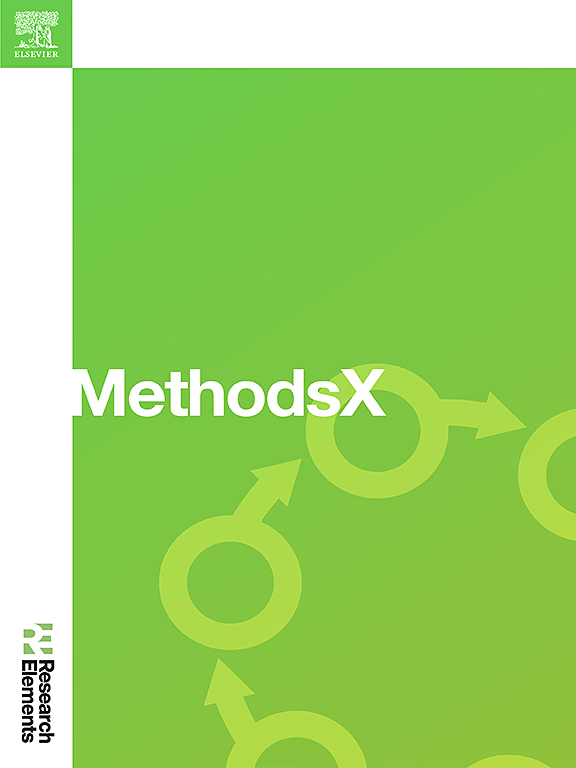改进的Wasserstein GAN- gp模型与最先进的GAN模型在RGB和红外域合成农业杂草图像的比较评价
IF 1.6
Q2 MULTIDISCIPLINARY SCIENCES
引用次数: 0
摘要
本研究调查了带梯度惩罚(WGAN-GP)的改进型瓦瑟斯坦生成对抗网络(Wasserstein Generative Adversarial Networks with Gradient Penalty)在生成合成 RGB 和红外(IR)数据集方面的应用,以满足野生萝卜(Raphanus raphanistrum)的标注要求。RafanoSet 数据集用于评估。传统的 WGAN 模型存在梯度消失和收敛性差的问题,影响了数据质量。WGAN-GP 中的定制功能提高了合成图像的质量,尤其是在保持 RGB 数据集的 SSIM 方面。然而,由于光谱的复杂性,生成高质量的红外图像仍然具有挑战性,SSIM 分数较低。包括转置卷积、滤除和选择性批量归一化在内的架构增强功能将 RGB 图像的 SSIM 分数从 0.5364 提高到 0.6615,将红外图像的 SSIM 分数从 0.3306 提高到 0.4154。这项研究强调了定制模型的主要特点:-生成 128 × 7 × 7 张量,优化后续层的特征图大小,其中两层使用 4 × 4 内核和 128 及 64 滤波器进行上采样。本文章由计算机程序翻译,如有差异,请以英文原文为准。

Comparative Evaluation of Modified Wasserstein GAN-GP and State-of-the-Art GAN Models for Synthesizing Agricultural Weed Images in RGB and Infrared Domain
This study investigates the application of modified Wasserstein Generative Adversarial Networks with Gradient Penalty (WGAN-GP) to generate synthetic RGB and infrared (IR) datasets to meet the annotation requirements for wild radish (Raphanus raphanistrum). The RafanoSet dataset was used for evaluation. Traditional WGAN models struggle with vanishing gradients and poor convergence, affecting data quality. Customizations in WGAN-GP improved synthetic image quality, especially in maintaining SSIM for RGB datasets. However, generating high-quality IR images remains challenging due to spectral complexities, with lower SSIM scores. Architectural enhancements including transposed convolutions, dropout, and selective batch normalization improved SSIM scores from 0.5364 to 0.6615 for RGB and from 0.3306 to 0.4154 for IR images. This study highlights the customized model's key features:
- •Produces a 128 × 7 × 7 tensor, optimizes feature map size for subsequent layers, with two layers using 4 × 4 kernels and 128 and 64 filters for upsampling.
- •Uses 3 × 3 kernels in all convolutional layers to capture fine-grained spatial features, incorporates batch normalization for training stability, and applies dropout to reduce overfitting and improve generalization.
求助全文
通过发布文献求助,成功后即可免费获取论文全文。
去求助
来源期刊

MethodsX
Health Professions-Medical Laboratory Technology
CiteScore
3.60
自引率
5.30%
发文量
314
审稿时长
7 weeks
期刊介绍:
 求助内容:
求助内容: 应助结果提醒方式:
应助结果提醒方式:


